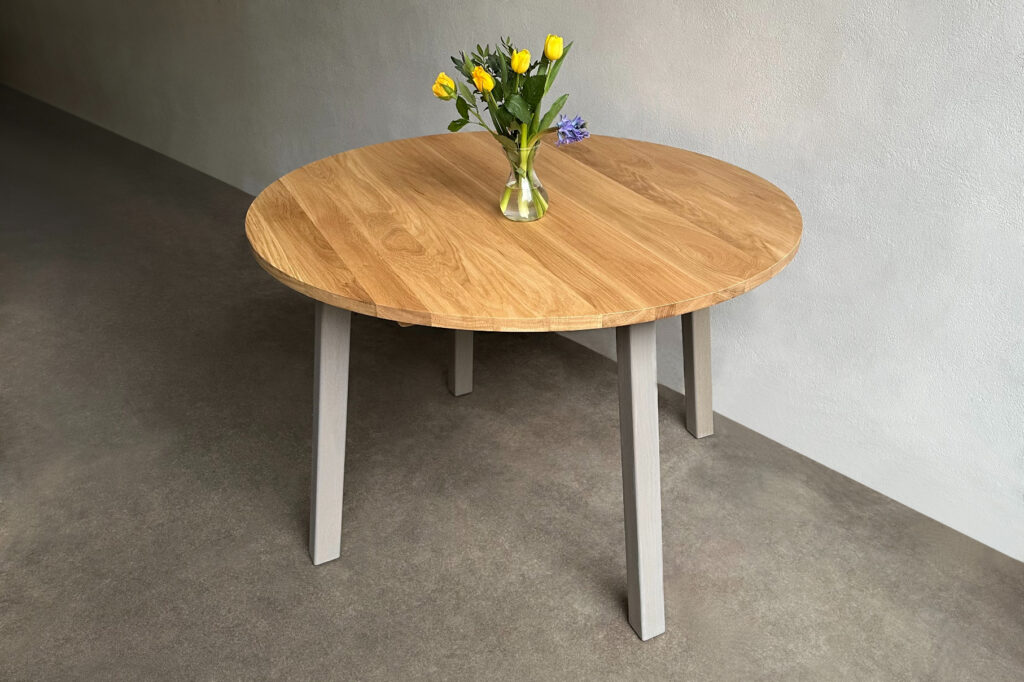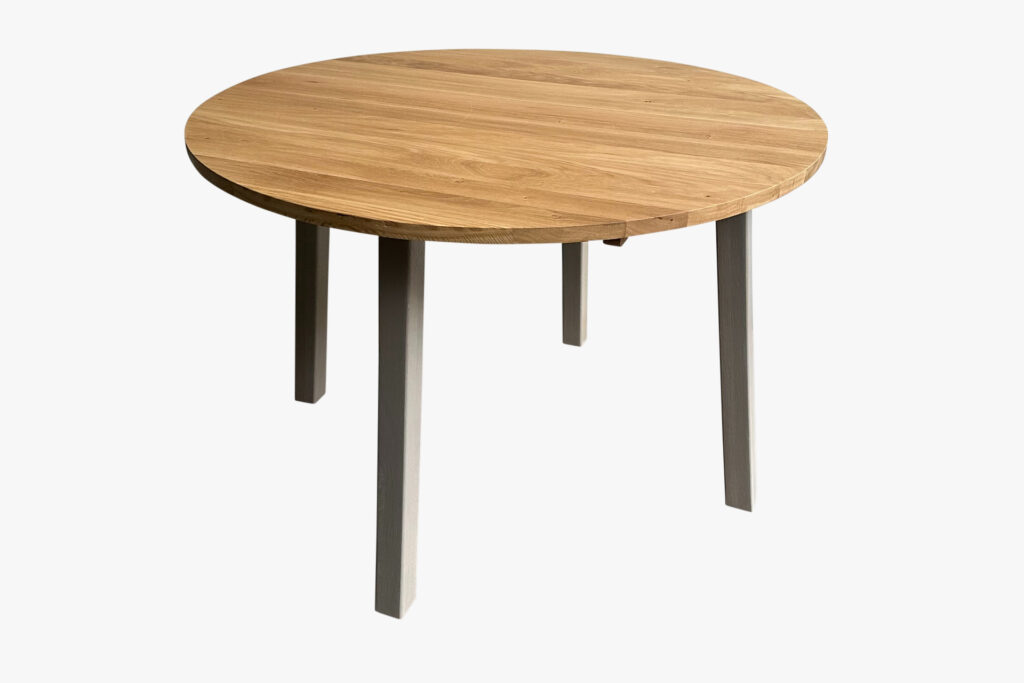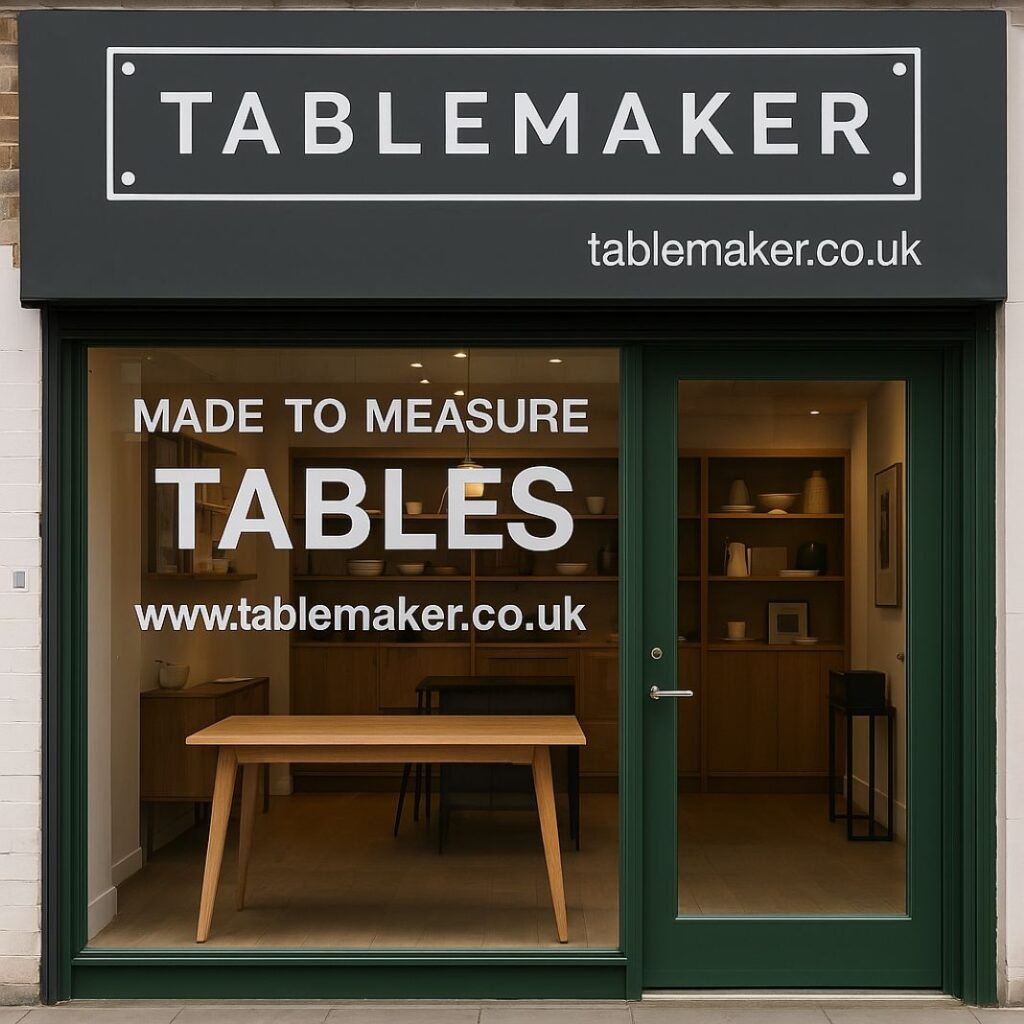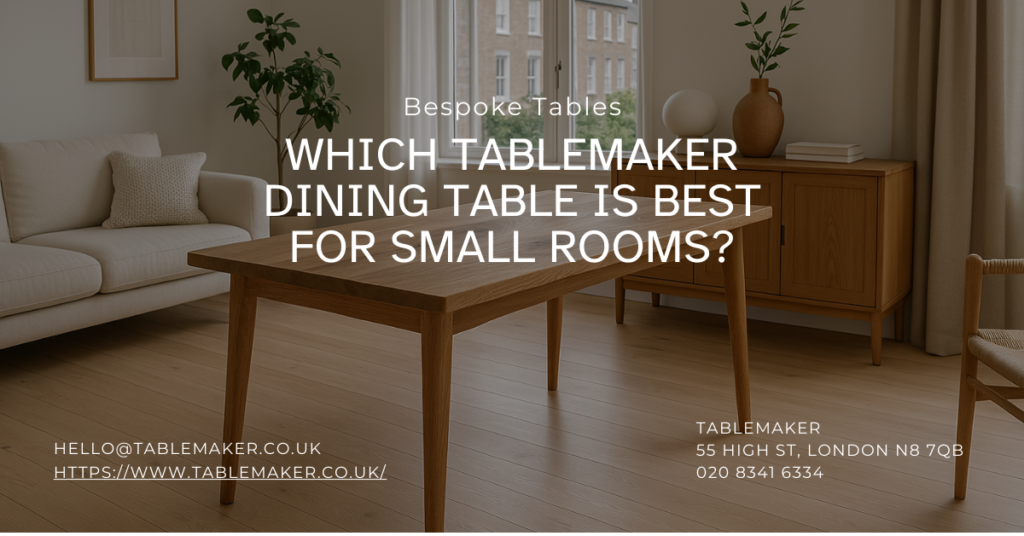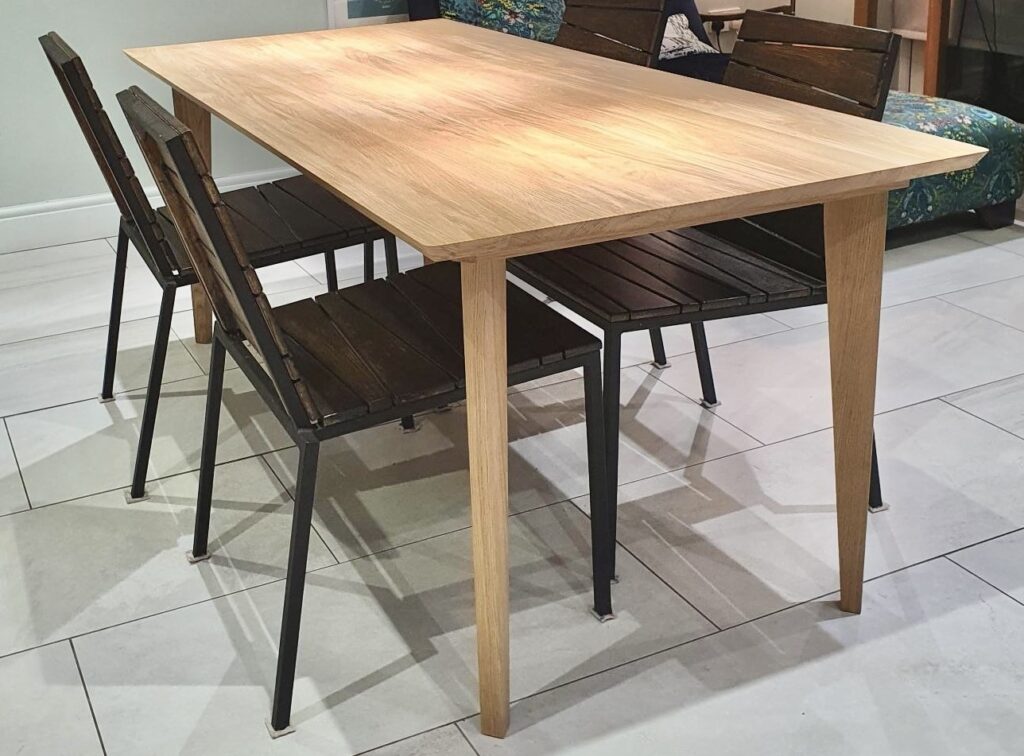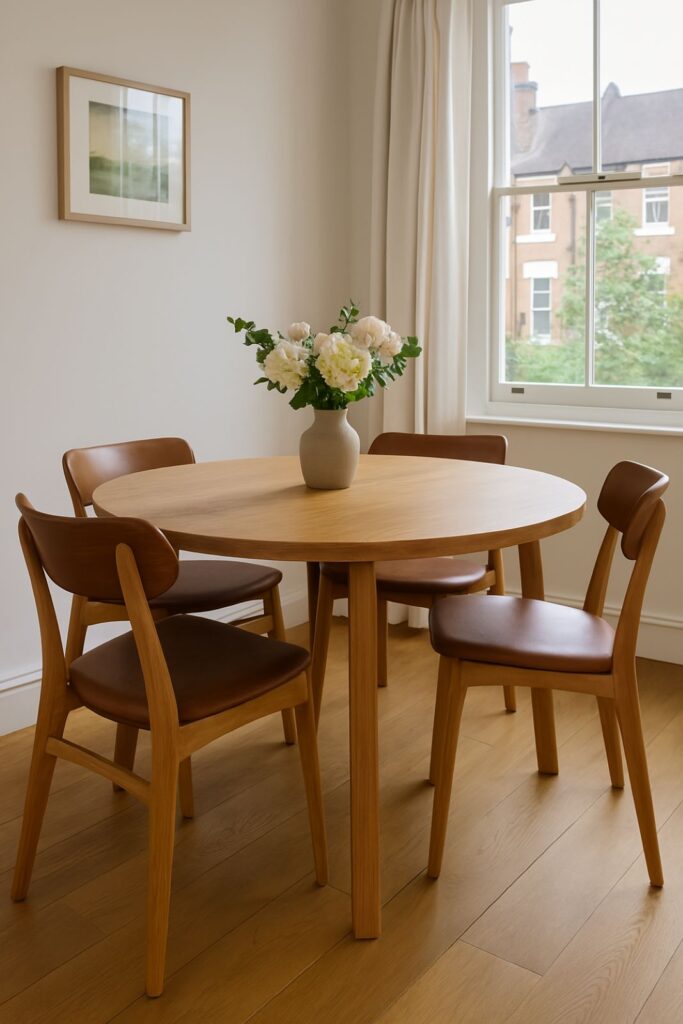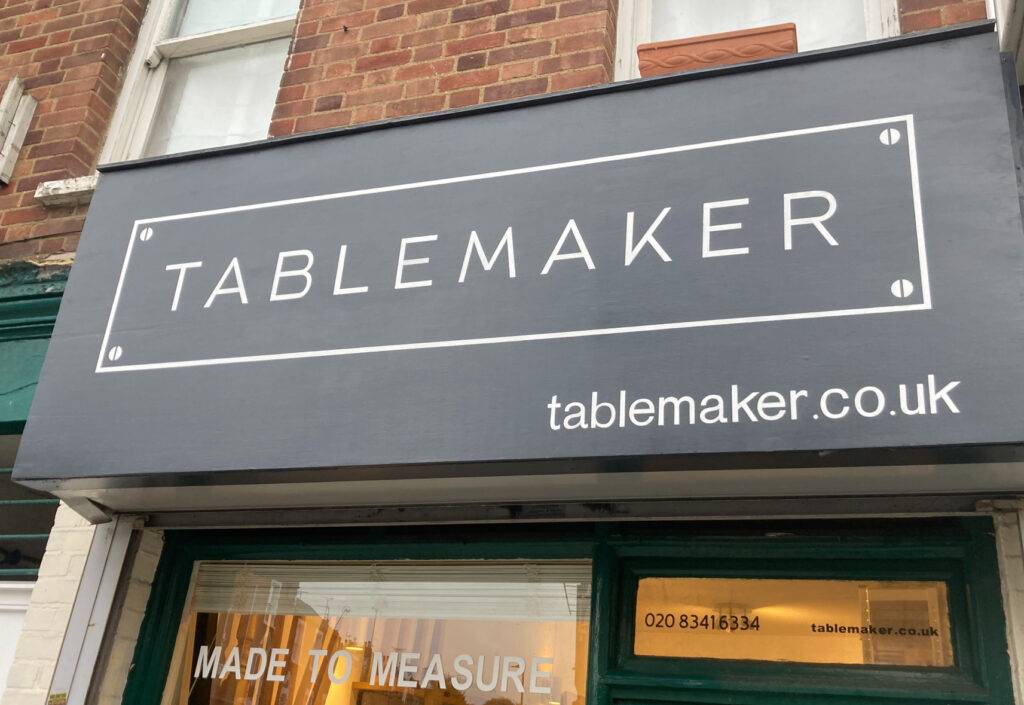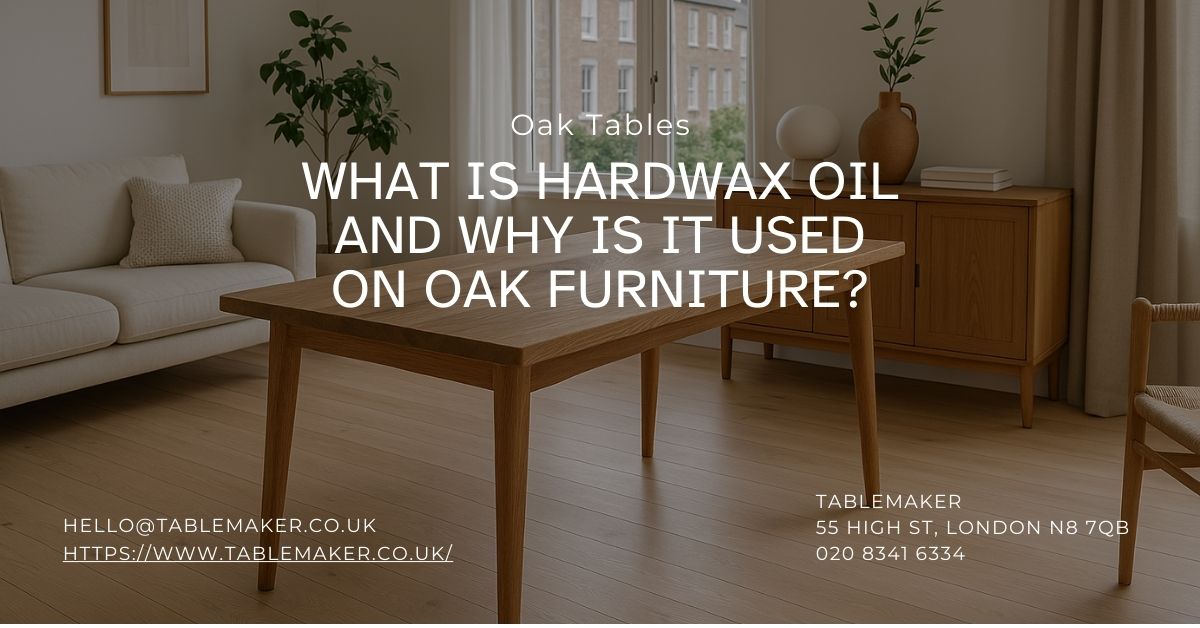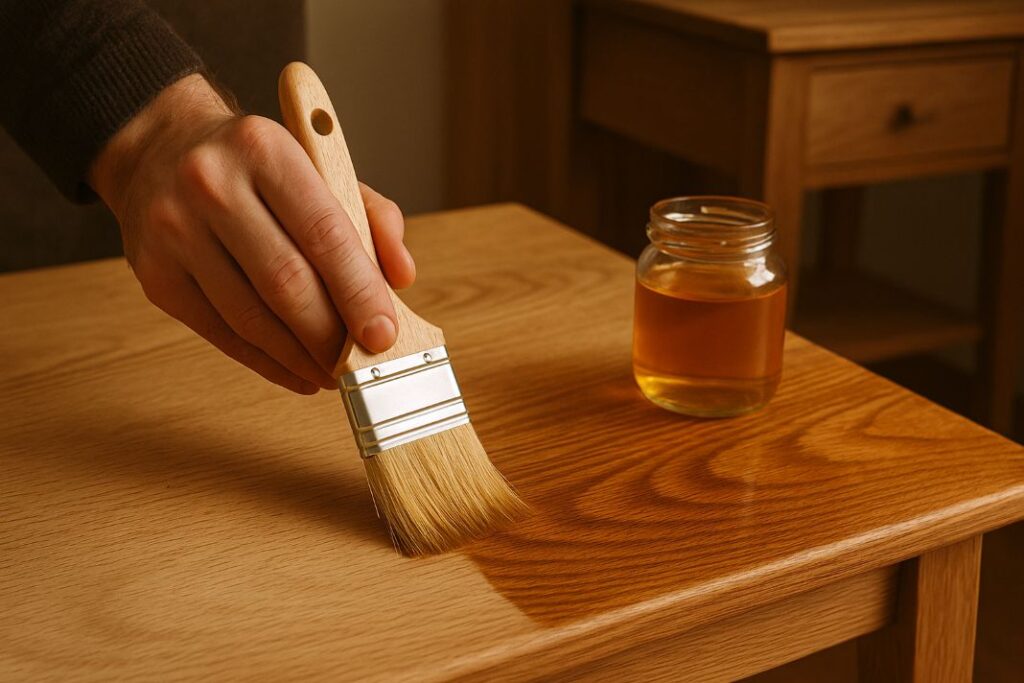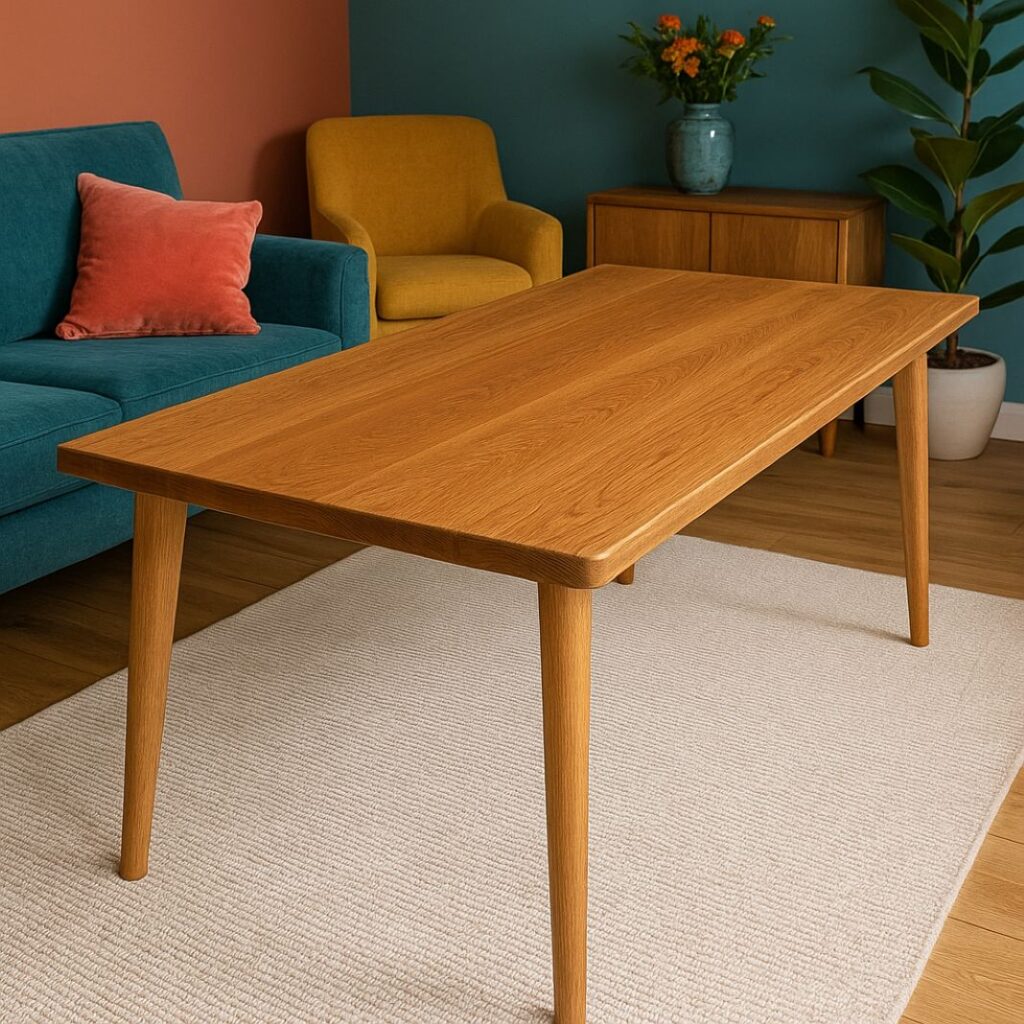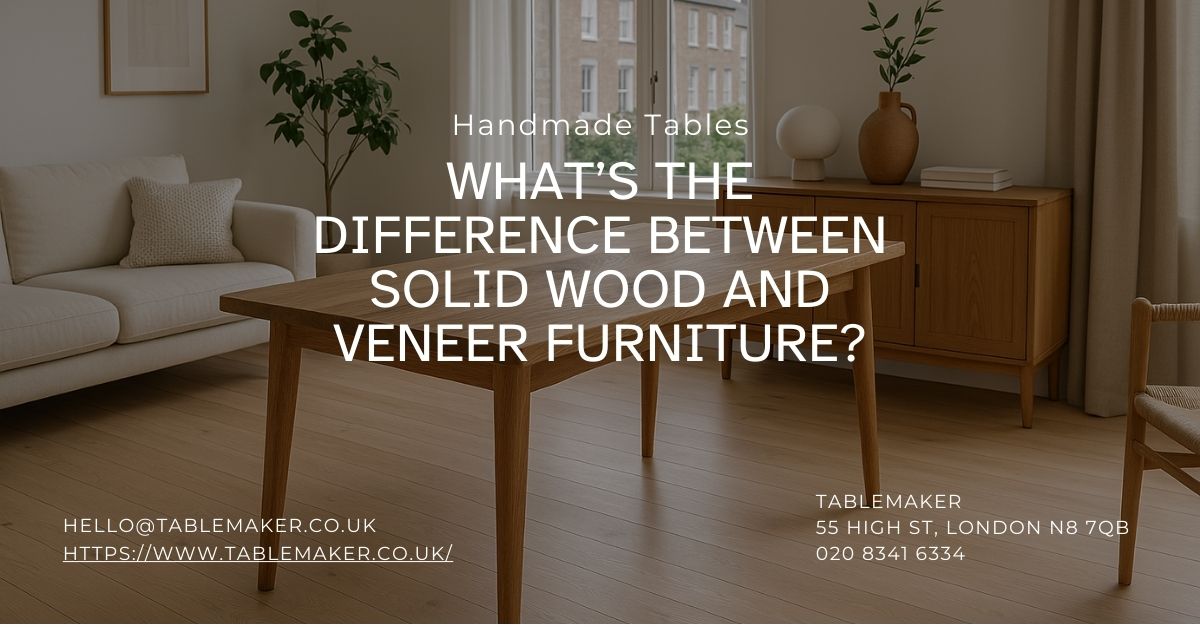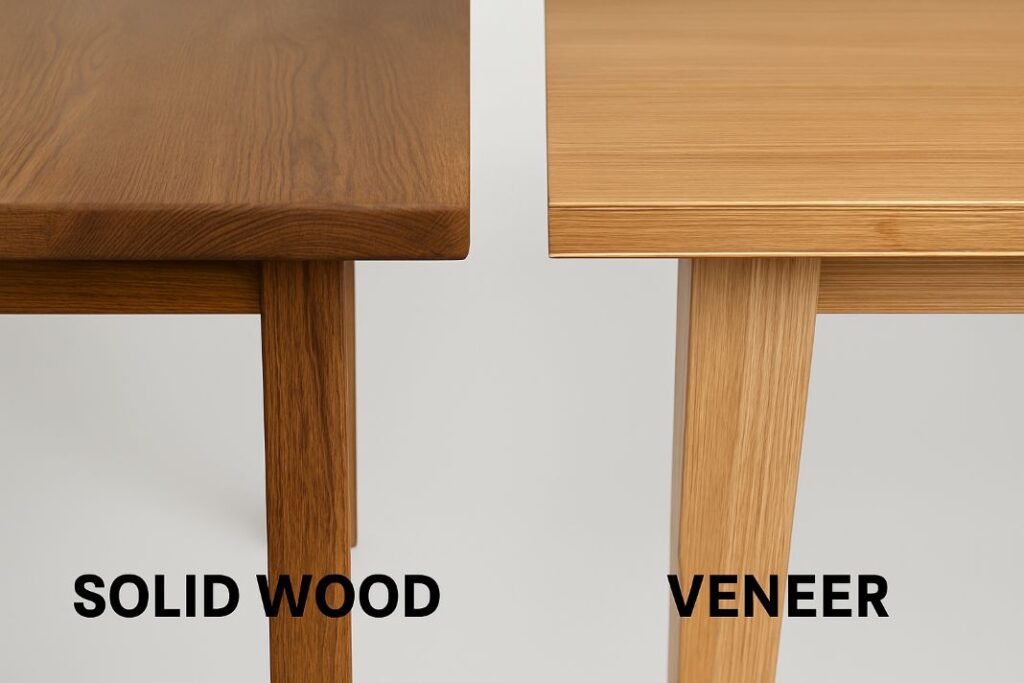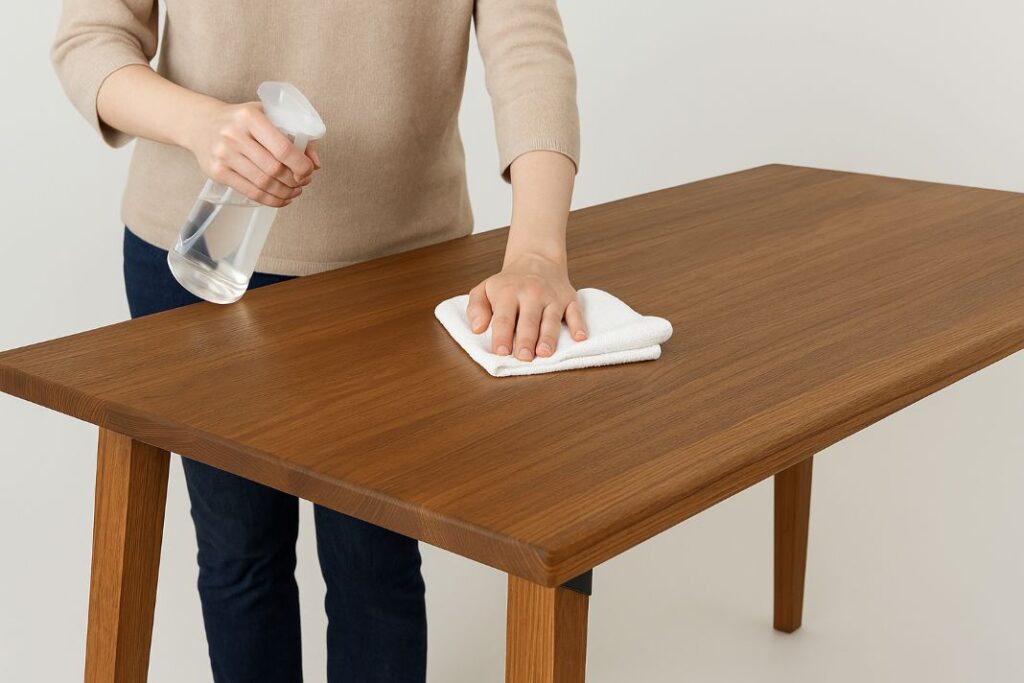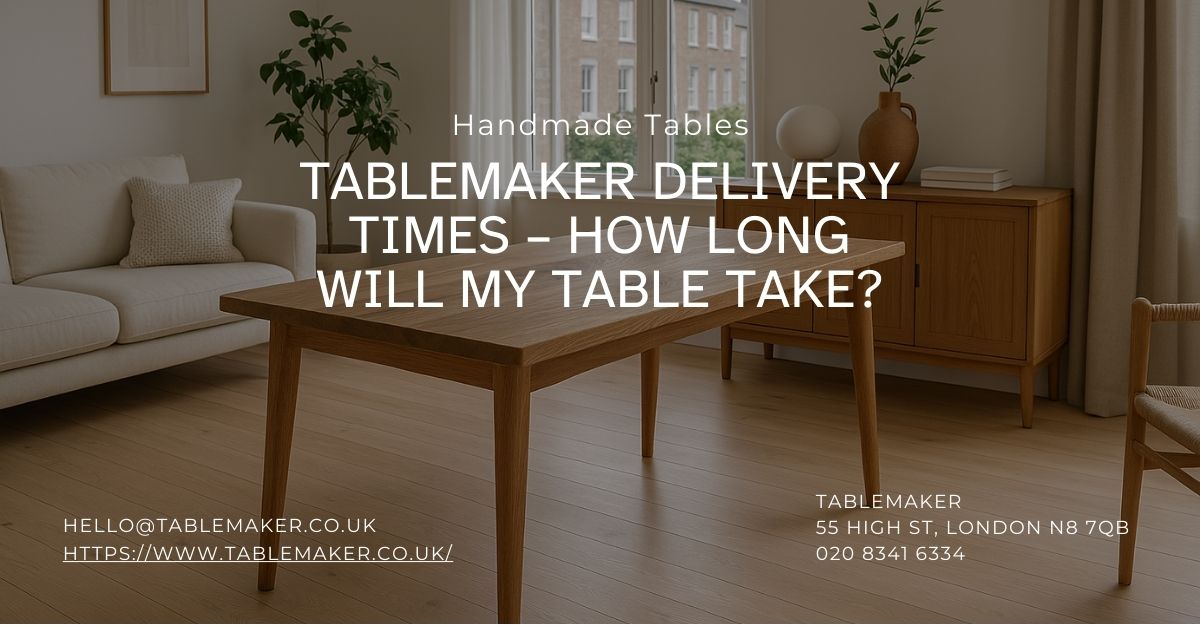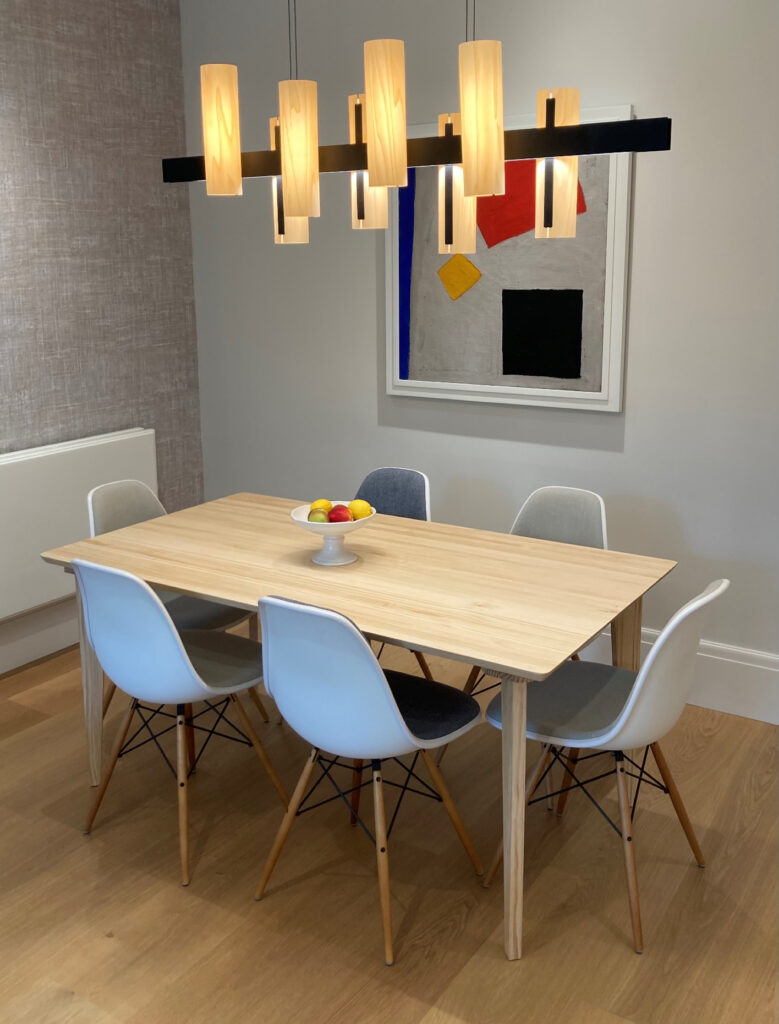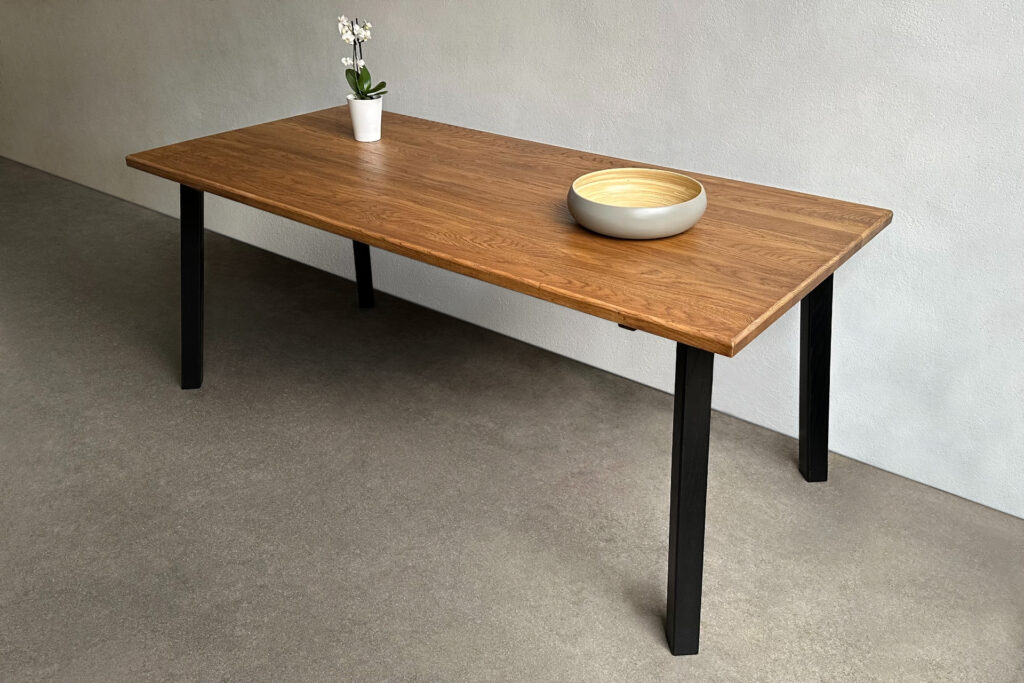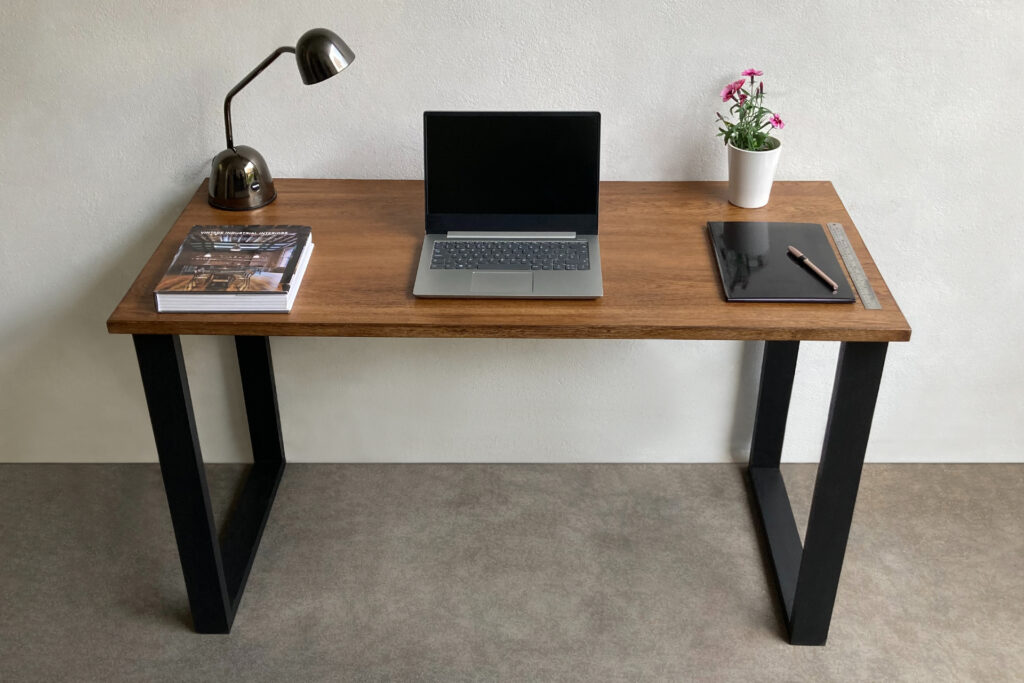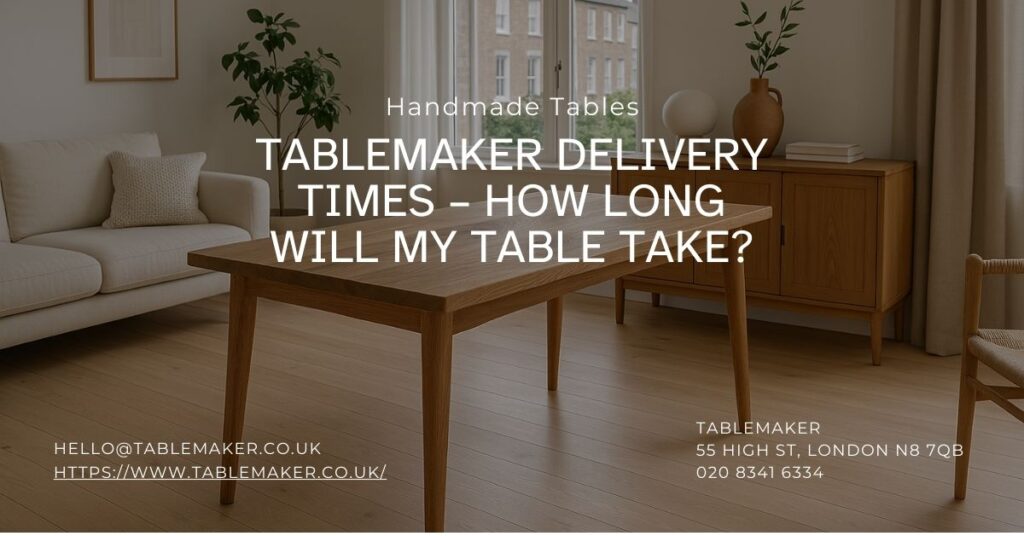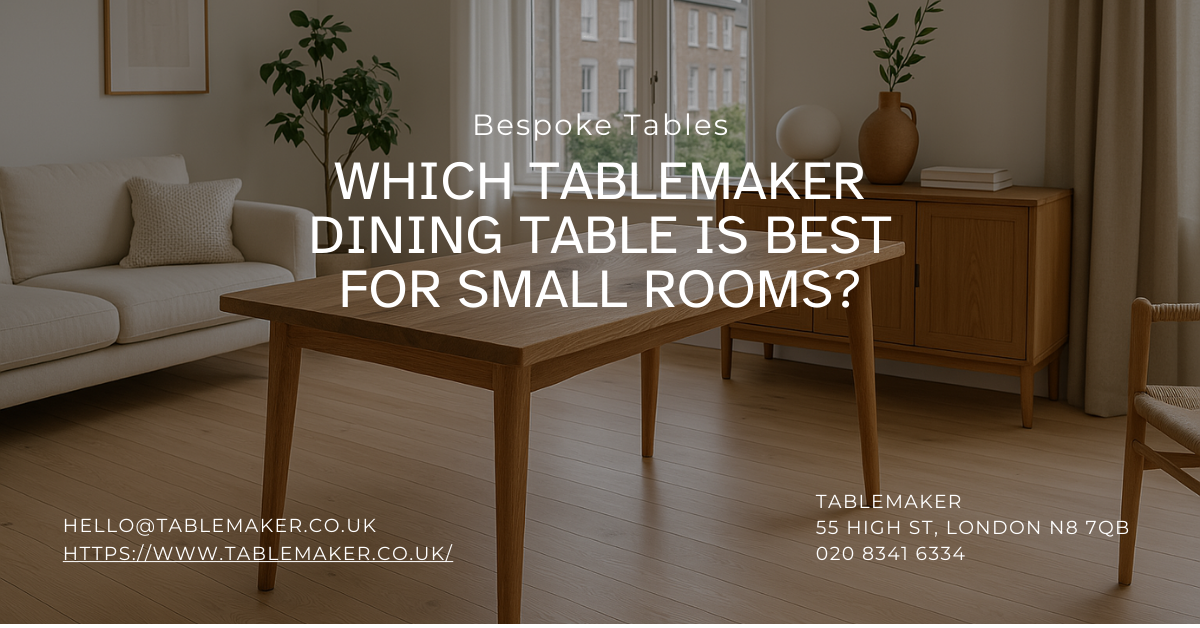
Which Tablemaker Dining Table is Best for Small Rooms in the UK?
If you are furnishing a small dining room, choosing the right table can improve how you use and enjoy the space. A table that fits well supports daily meals and occasional gatherings without making the room feel cramped. Tablemaker builds solid oak tables in London with small homes in mind. Among the available designs, the Record 65 round table stands out. Its size and shape make it ideal for tight spaces where comfort and movement matter.
In this article about dining tables for small spaces, we have covered
What makes a dining table work in a small space?
Focus on movement and usability
In compact rooms, layout is just as important as size. A table needs to allow free movement around it. Round tables help with this because they do not have corners. They also make seating feel more balanced. This is useful in kitchens and living rooms that double as dining areas. The ability to add or remove chairs around a circular table offers flexibility without needing more room.
Think vertically as well as horizontally
Wall mounted shelves and corner benches free up floor space. Choosing seating that fits neatly under the table also helps. Pairing a space conscious table like the Record 65 round table with these design features can make a big difference in how the room feels.
Why is the Record 65 table best for small rooms?
Size, shape and central support
The Record 65 table has a round top and a single central leg. It is built using solid American or European oak, and beech is also available on request. The table stands at a standard height of 74 centimetres and includes a 24 millimetre thick full stave oak top for durability and visual appeal. It can be customised for your preference, though! The legs are angled and made from the same solid oak for a cohesive and strong structure. This specification offers excellent support while creating a clean visual profile that complements modern interiors. This gives more legroom and reduces obstruction. It works particularly well in flats and narrow layouts. You can order the table in different diameters to match your available space. The solid oak top adds visual warmth while keeping a clean and simple profile.
This model uses full stave solid oak tables for strength and visual appeal. It is finished in a satin hardwax oil that protects the wood and shows the natural grain. This means it can handle everyday use and still look good over time.
Options for finishes and features
The Record 65 table can be made to exact sizes. You can also choose your edge style and leg finish. Most customers select a clear oak tone, but we also offer warm and dark tints. Painted legs are available in standard or custom colours, or we can leave them sanded so you can paint them yourself.
Customers often pair this table with custom oak benches that match the style and dimensions. These can be designed to slide underneath the table when not in use. For inspiration, you can view other small dining table ideas in our Tablemaker Dining Guide.
Pro Tip: When choosing a finish, go for a lighter oak tone or painted legs if your room has limited natural light. These tones reflect light and help the space feel brighter and more open without changing your layout.
Pro Tip: If you are unsure what table size fits your room, sketch your layout or use painter’s tape to map out the table dimensions on your floor. This gives you a true sense of space for walking, seating and placing chairs around the table before ordering.
Are there other good options for small spaces?
ATO 55 Dining Table
This model is ideal for compact spaces or rooms with multiple uses. The design has a slim top and square tapered legs, which help it feel lighter in smaller areas. It can be customised in size, making it one of the most compact solid oak tables we offer.
Element 57 Dining Table
This is a good option for people who want a modern rectangular table. The clean angles and balanced form make it well suited to minimalist homes. It fits comfortably into open layouts and supports four to six seats.
Radius 70 Dining Table
This table has rounded edges and balanced proportions. It is popular in family homes because the softened corners are safer for children. It works well in shared spaces used for dining, play or work.
How can you make a small dining room look and feel better?
Choose light colours and simple shapes
Lighter finishes reflect more natural light, which helps make the room feel bigger. Clear finished oak works well here. You can also select painted legs in off white or pale grey to create a calm, open look.
Use furniture that doubles up
Custom oak benches with hidden storage or corner seating with lift up lids help keep things tidy. Choosing a table with simple lines and a central leg, like the Record 65 round table, helps maximise usable floor space.
Use vertical space for storage
Adding shelving above or around the dining area creates space for storing cutlery, dishes or cookbooks. It also frees up cupboards for other uses and helps keep the room looking organised.
What sets Tablemaker tables apart from others?
Built in London to order
Every dining table is made in our London workshop. We cut and build each one to the size you need. This is useful if you have specific measurements or want to fit your table between walls, cupboards or other furniture.
Full stave oak and solid materials
We use only proper solid hardwoods such as oak, walnut, ash, pine and beech. These materials are not only strong but also repairable. You can sand and re oil our tables over the years to keep them looking new.
Designed for long term use
We build our tables with hidden straightening bars under the surface. These prevent warping and make the table stable even after many years. The finish is designed to resist marks and can be refreshed easily with maintenance oil.
Fast service and helpful advice
Most of our tables are built within two or three weeks. You can speak directly to our team about measurements or features. We also offer advice on finishes, care, or Custom Dining Tables that fit your space.
Need a Space Saving Dining Table?
The Record 65 round table is our most popular small room option. Custom built in full stave oak to fit perfectly in tight layouts.
Request a QuoteChoosing The Right Dining Table For Small Areas
The Record 65 round table is the best dining table for small rooms because of its flexible sizing, central leg and timeless design. It is easy to move around, simple to style, and made to fit your home. For people in London and beyond who want a table that suits their space and lasts for years, Tablemaker is a dependable choice. Get some more ideas here.
FAQs
What is the best Tablemaker dining table for a small room?
The Record 65 round table is the most practical option. It fits well into tight layouts and allows for easy seating.
Can I order a dining table in a custom size?
Yes. All our tables are made to your preferred dimensions including length, width and height.
Are solid oak tables suitable for small homes?
Yes. Oak is a dense and durable wood that suits both small and large spaces.
What dining table shape saves the most space?
Round tables make the best use of limited space. They support better movement and flexible seating.
Do you make custom oak benches or chairs?
Yes. We offer custom seating that matches the table size and can include built in storage or low clearance designs.
Get a Custom Table Built for Your Room
Our London team will build your solid oak table to exact size, finish and fit. No guesswork. Just comfort, style and use that works every day.
Start Your Custom Desk DesignTablemaker
55 High St, London N8 7QB
02083416334
HVQM+58 London

